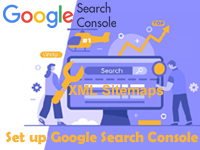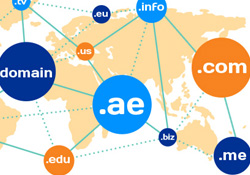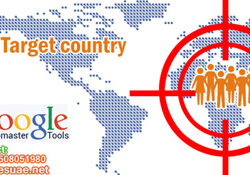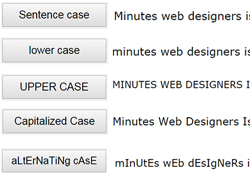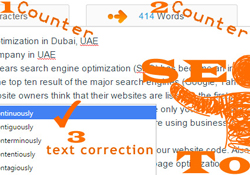The most important 11 SEO tips and recommendations for legal SEO strategies

Rule 6: Links, links, links and links!
Links are the currency in search engine optimization. The more external links to your website, the higher pagerank, page authority and domain authority search engines will give to your website. This rule is called off-page optimization. It ensures that a search engine evaluates the value of your website relative to other competitors as high as possible. The higher a search engine is based on the value of your website, the higher the corresponding keywords are displayed in the search engine results pages. Until now, most search engine optimizers have opted for On-Page Optimization. This optimization is becoming increasingly important and the importance of off-page optimization is increasing. The most important parameter for a good off-page optimization is the number and quality of the links that point to your page. Google measures this popularity through the PageRank. As advised before, you have to avoid spamming. Otherwise, your website will be punished very quickly. Go ahead and create interesting good content that will get you automatically higher than other competitors. It is much better to use PR tool. You want good users to come to your website. Getting more and more legal high quality backlinks is called link building.
The year 2016 top 11 SEO tips and legal SEO strategies
Be in the top 10 of the first page of Google and search engine
Rule 7: Let the world know you're here!
Web sites could not be submitted directly to any of the major search engines. You have to add your website to Google webmasters website, but only the own website can be entered here. In practice, the robot moves a search engine along the links to a website and then takes the pages into the search engine. If there are no links, that means no indexing. Google and other search engines can, however, use Google XML Sitemaps to index your pages. This means that search engines will now be able to transmit every file on the server for, even important additional parameters can be supplied. So you can specify how often a file changes, how current the file is and how important it is. All this information has not yet been provided. This makes a lot easier for the operator of a website. However, XML Sitemaps ensures only for a quick indexing. With Google Sitemaps, you will not improve your search engine positioning.
Rule 8: Do not be too old-fashioned!
One can observe it in the usual Internet forums for search engine optimization. Many search engine optimizers are old-fashioned. They have read or heard a tip somewhere, and therefore follow this tip for all eternity. What is good today must no longer apply tomorrow. Web catalog example: If you have been looking for a smaller search engine optimizer for a long time, it is now possible that a link building can do more damage if you do not do it properly. The same is true with the so called On-Site optimization. There are still many optimizers running old school SEO. This includes inserting keywords into legacy image tags, the excessive use of awards such as strong, bold and italic, keyword density, and many other factors. Search engines use very sophisticated methods. As far as search engine optimization is concerned, you already have 95% of the success, in any case on the On-Site optimization, if one's keyword in the title tags of a website, once in an h2 excellent heading and a few times keyword density in the text. A good author who writes professional web texts does it anyway.
Rule 9: The right target group keywords!
Semantic searches get a growing weight on Google. Look at Google Trends, which shows web search interest by time, location and popularity. Google will show you the relevant search terms. Check the keyword field related to your website. It shows you which keywords are really what users are typing in search engines. Think about Rule No. 5 again! How to identify the right Keywords based on the analysis of your conversions? Go to your analysis program, for example, Google Analytics. Go into the reports and check which keywords add a conversion to your web page by legal search users. These keywords are similar to a keyword database and you already have a very good keyword base.
Rule 10: Use responsive design!
Responsive design is more SEO friendly and more preferred by search engines. It has the basic features to Compete to reach the top 10 of the first page of Google. In the year 2016 google presents responsive design on the 1st page of search not only for those who are using smart phones and tabs but also for laptops and computer users.
Rule 11: Have patience and analyze!
There are many search engine optimizers, who read some SEO tips and then implemented them. Do not change your website directly. Take notes of some tips and rules you read and do not add anything to your website directly. You should be sure that what you have learnt is relative to trusted resources before you implement them. If you see a few days later changes in the search results lists of Google, you will revert to your changes made a few days ago. Search engines and just Google change the evaluation of websites in very long time periods. Until a link from another website hits your website, months may pass, because Google must index the link first, which takes time and then iteratively takes it into account only at the next evaluation round.
I am looking forward to writing to you more SEO tips and recommendations next week and next year 2017 SEO strategy. My advice: Don’t stop here. Read and learn more!
Deyaa Hussein, Marketing Manager in Minutes Web Designers


